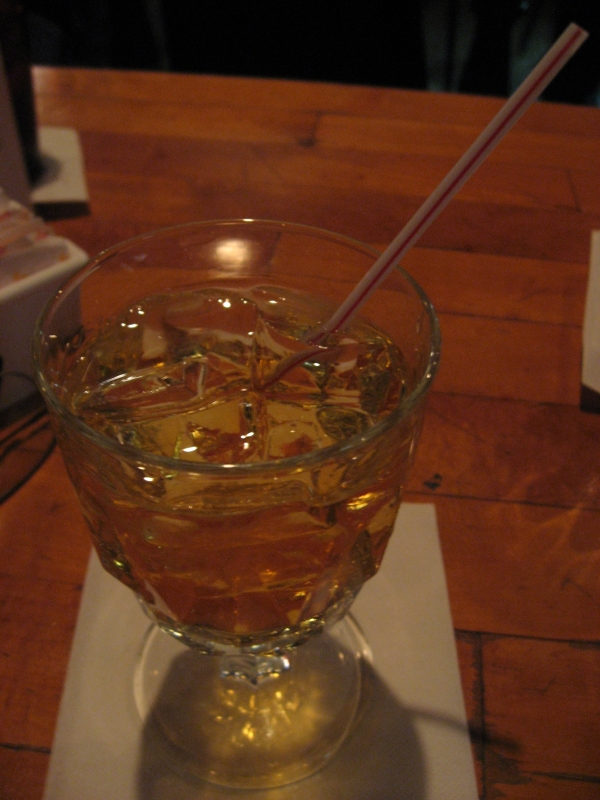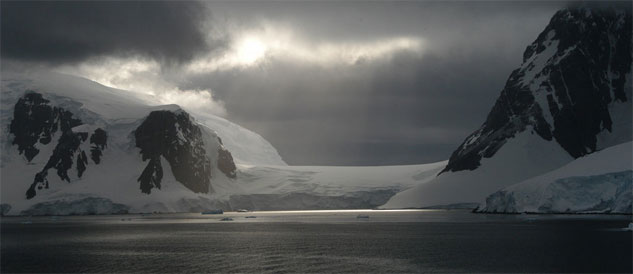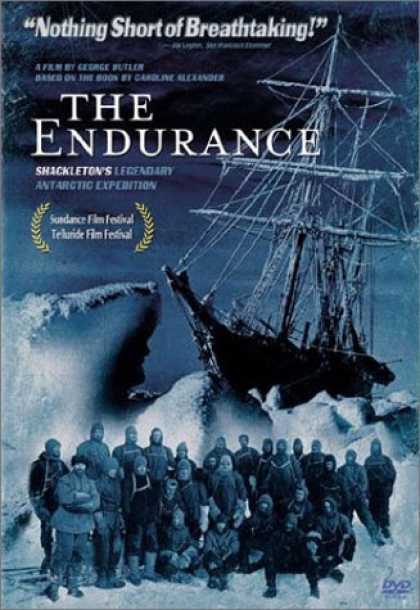
(this is still the only photo I've ever seen of the dude)
http://msn.foxsports.com/mlb/story/10416132/Blue-Jays-bring-in-more-scouts-to-help-fill-roster
Alex Anthopoulos, the Blue Jays' new general manager, is increasing the team's number of domestic scouts from 28 to 54 in an attempt to better compete with the Yankees and Red Sox in the AL East.
Anthopolous, 32, is no old-school throwback, longing for the days when teams relied solely on scouts' opinions and not computers. Quite the contrary. He grew up reading Bill James, believes in blending subjective and objective analysis, and uses Tom Tango, a leading sabermetrician, as a consultant.
His increased emphasis on scouting, while more retro than radical, is certainly a departure from the current trend. But Anthopoulos sees it like this: So many clubs employ statistical analysis, the numbers no longer offer as significant a competitive advantage.
Scouts — good scouts — might offer more of an edge.
...
If the Jays reduce an area scout's region from, say, six states to three, the scout can dig deeper into his list of players, see a hitter for perhaps 20 at-bats instead of four, a pitcher for perhaps 15 innings instead of three.
...
The Jays, seeking more and better information, are increasing their number of pro scouts from 10 to 15. All but one will cover two organizations each, top to bottom, majors to rookie ball (the other will cover one club).





